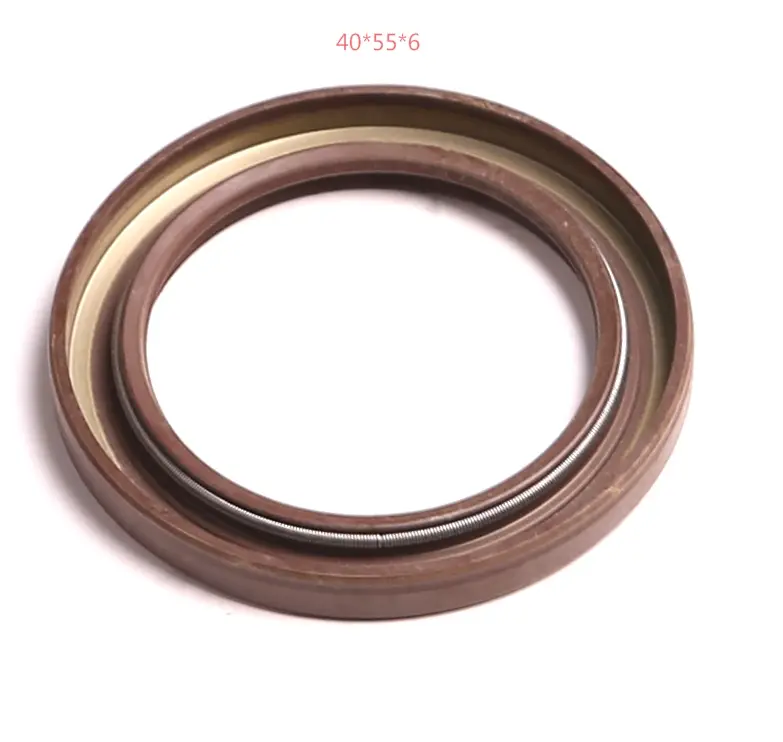9 月 . 10, 2024 23:45 Back to list
High-Quality Cylinder Gaskets for Reliable Engine Performance
Understanding Cylinder Gaskets Importance, Types, and Maintenance
Cylinder gaskets play a critical role in the functioning of an internal combustion engine. Positioned between the engine block and the cylinder head, these gaskets create a sealed barrier that prevents fluids from leaking out and gases from escaping. The reliability of the engine largely depends on the integrity of the cylinder gasket. In this article, we will explore the importance of cylinder gaskets, the various types available, and best practices for maintenance.
Importance of Cylinder Gaskets
The primary function of a cylinder gasket is to seal the combustion chamber, ensuring that the engine operates efficiently. By maintaining a tight seal, the gasket prevents the mixing of oil and coolant, which can lead to engine failure. This sealing capability is essential for optimal engine performance as it helps maintain the correct pressure and temperature within the combustion chamber. If a gasket fails, it can result in a blown head gasket—a serious issue that can cause significant engine damage, expensive repairs, and even total engine failure.
Moreover, a proper gasket seal contributes to fuel efficiency by ensuring that the engine runs smoothly. Inefficient seals can lead to a loss of air pressure, which not only reduces power output but also increases fuel consumption. Therefore, regular inspection and timely replacement of the cylinder gasket are key practices for maintaining engine health.
Types of Cylinder Gaskets
There are several types of cylinder gaskets, each designed to meet specific engine requirements. The most common types include
1. Metal Gaskets Constructed from materials like aluminum or copper, metal gaskets are known for their durability and heat resistance. They are often used in high-performance applications due to their ability to withstand extreme temperatures and pressures.
cylinder gasket

2. Composite Gaskets These gaskets are made from a blend of materials, such as rubber and fiber. They offer good sealing properties and are widely used in standard automotive applications because they provide excellent compressibility.
3. MLS (Multi-Layer Steel) Gaskets Consisting of multiple layers of steel, MLS gaskets provide enhanced sealing capabilities and are suitable for modern engines, particularly those that operate under high levels of stress.
4. Copper Gaskets Known for their superior thermal conductivity, copper gaskets are often used in racing or high-performance engines where heat dissipation is critical.
Maintenance and Replacement
Preventive maintenance is crucial for the longevity of cylinder gaskets. Regularly check for signs of leakage, such as oil spots or overheating coolant. It's also vital to monitor engine performance for any unusual sounds or reduced power, as these can indicate gasket failure.
When replacing a cylinder gasket, ensure that the engine surfaces are clean and free from debris. Proper torque settings should be used during installation, as overtightening can lead to cracking and ultimately failure of the gasket.
In conclusion, cylinder gaskets are a vital component of engine performance. Understanding their importance, the different types available, and the need for regular maintenance can help vehicle owners preserve engine health and prolong their vehicle's lifespan. As technology advances, developments in gasket materials and designs continue to enhance the robustness and efficiency of these essential components.